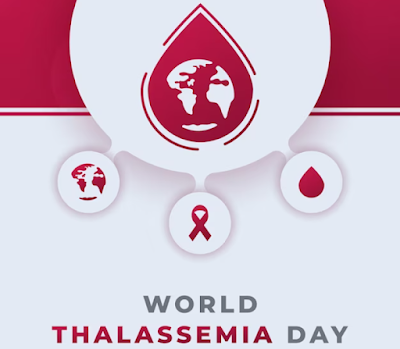Lyme Disease: Causes, Symptoms, Diagnosis, Treatment, and Prevention
Lyme disease is a bacterial infection that is transmitted to humans through the bite of an infected tick. It is a serious and potentially life-threatening illness that can affect multiple systems in the body. While it is most commonly associated with ticks found in certain parts of the United States, it has also been found in Europe, Asia, and other parts of the world.
Symptoms of Lyme disease
The symptoms of Lyme disease can vary widely and may not appear until several weeks after a tick bite. Early symptoms may include fever, chills, fatigue, muscle and joint pain, and a distinctive circular rash at the site of the bite, known as erythema migrans. If left untreated, the infection can spread to other parts of the body and cause more severe symptoms, including nerve damage, memory problems, and heart issues.
How is Lyme disease transmitted?
Lyme disease is transmitted to humans through the bite of an infected tick. Ticks are small, arachnid parasites that feed on the blood of animals and humans. They are most commonly found in wooded or grassy areas, where they can attach to the skin of a passing host.
Lyme disease is caused by a bacterium called Borrelia burgdorferi, which is carried by certain species of ticks, including the blacklegged tick (also known as the deer tick) in the United States and the sheep tick in Europe. The bacterium is transmitted to humans when the tick bites and remains attached to the skin for an extended period of time, usually at least 24 hours.
Risk factors for Lyme disease
There are several factors that can increase your risk of contracting Lyme disease. These include:
Living or spending time in areas where ticks are prevalent, such as wooded or grassy areas.
Engaging in activities that increase your exposure to ticks, such as hiking, camping, or working outdoors.
Wearing clothing that does not fully cover your skin, making it easier for ticks to attach to your body.
Owning pets that spend time outdoors, as ticks can attach to them and be brought into your home.
Diagnosis and treatment of Lyme disease
If you suspect that you may have been infected with Lyme disease, it is important to see a healthcare provider as soon as possible. The earlier the infection is diagnosed and treated, the less likely it is to cause serious complications.
Lyme disease is usually diagnosed based on a combination of factors, including your symptoms, physical examination, and laboratory tests. A blood test can be used to look for antibodies to the bacterium that causes Lyme disease, but these may not be present in the early stages of the infection.
If you are diagnosed with Lyme disease, your healthcare provider will recommend a course of antibiotic treatment. This is usually given in the form of oral antibiotics, although intravenous antibiotics may be necessary in more severe cases. The length of treatment will depend on the severity of the infection and your response to treatment.
Prevention of Lyme disease
There are several steps you can take to reduce your risk of contracting Lyme disease. These include:
Using insect repellent containing DEET or permethrin when spending time in areas where ticks are prevalent.
Wearing long-sleeved shirts and pants, and tucking your pant legs into your socks when spending time in wooded or grassy areas.
Checking your clothing and skin for ticks after spending time outdoors, and removing any ticks that you find immediately.
Keeping your grass trimmed and removing leaf litter and other debris from your yard, as these can provide habitats for ticks.
Complications
Lyme disease can cause a range of complications if it is not treated promptly. These can include:
Chronic Lyme disease: This refers to ongoing symptoms that persist after treatment for Lyme disease. The exact cause of chronic Lyme disease is not fully understood, and it is controversial whether it is a distinct condition or a result of other underlying conditions.
Neuroborreliosis: This is an infection of the nervous system that can occur if the bacterium that causes Lyme disease spreads to the brain or spinal cord. Symptoms may include difficulty with memory and concentration, numbness or weakness in the limbs, and difficulty with speech or vision.
Carditis: This is an infection of the heart that can occur if the bacterium that causes Lyme disease spreads to the heart muscle. Symptoms may include palpitations, chest pain, and shortness of breath.
Arthritis: This is inflammation of the joints that can occur if the bacterium that causes Lyme disease spreads to the joints. It may cause joint pain, swelling, and stiffness.
Controversies surrounding Lyme disease
There is ongoing controversy surrounding Lyme disease, particularly in terms of diagnosis and treatment. Some healthcare providers believe that the current diagnostic criteria for Lyme disease are inadequate, leading to missed or delayed diagnoses. Others argue that chronic Lyme disease is not a distinct condition and that long-term antibiotic treatment is not effective.
There is also disagreement over the use of alternative or complementary treatments for Lyme disease, such as herbal remedies or supplements. These treatments have not been thoroughly tested and may not be safe or effective. It is important to discuss any treatment decisions with a healthcare provider and to be cautious of unproven or untested treatments.









